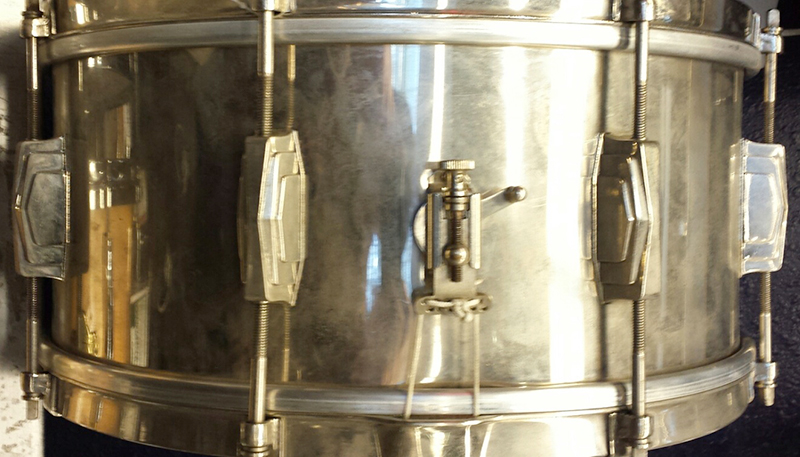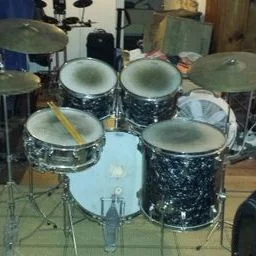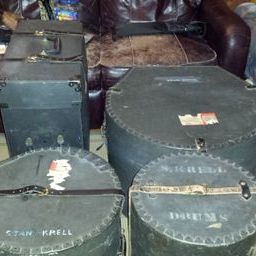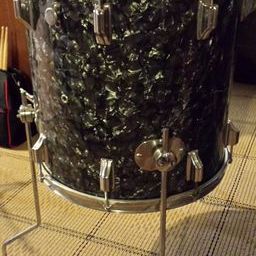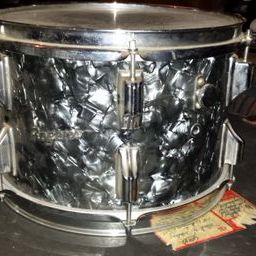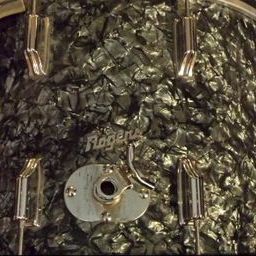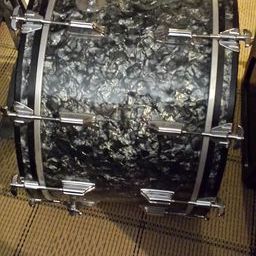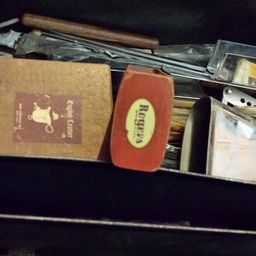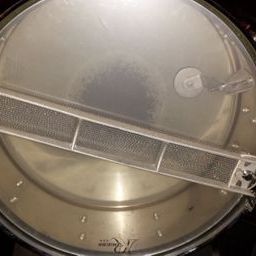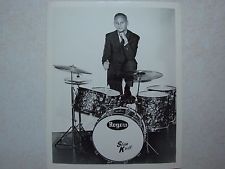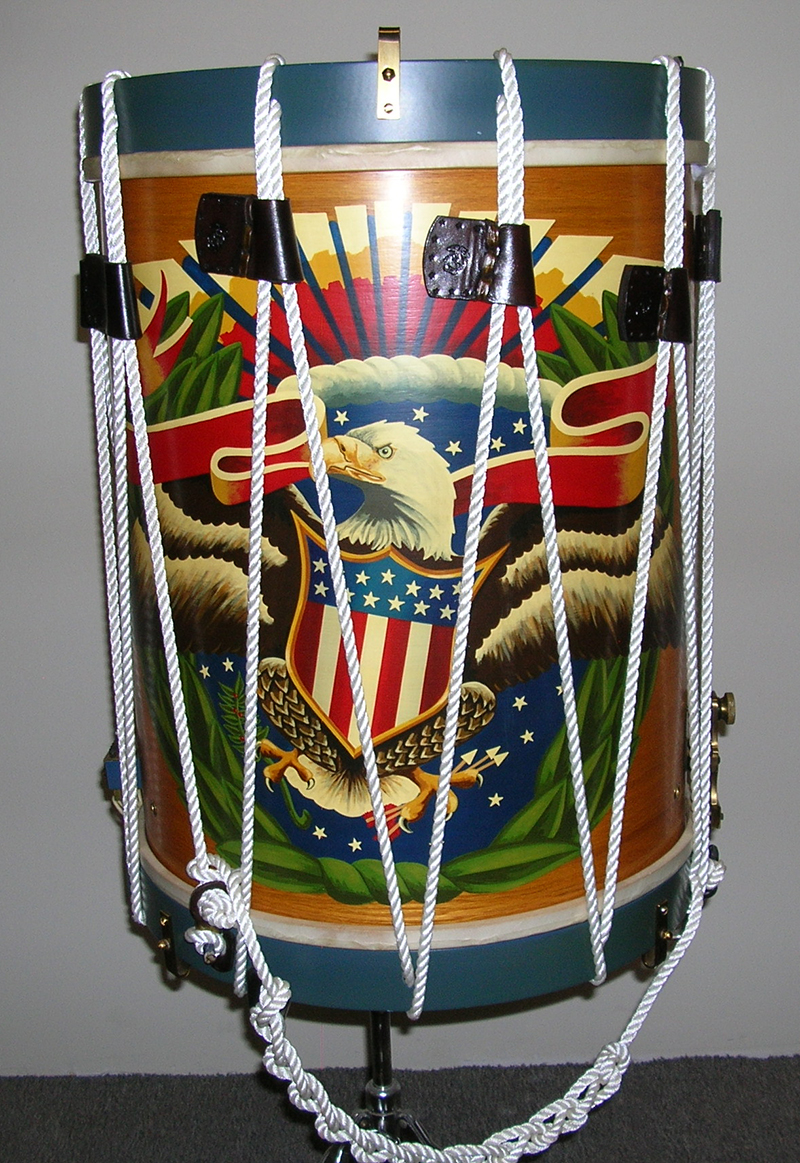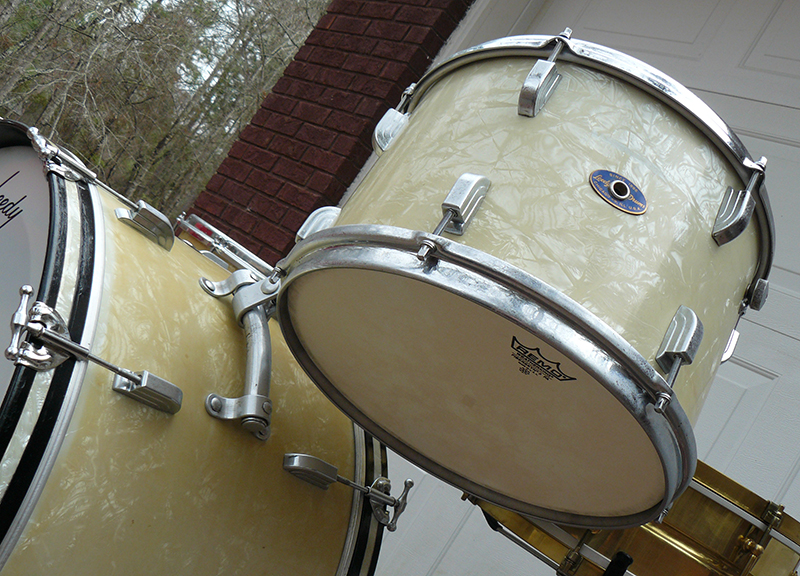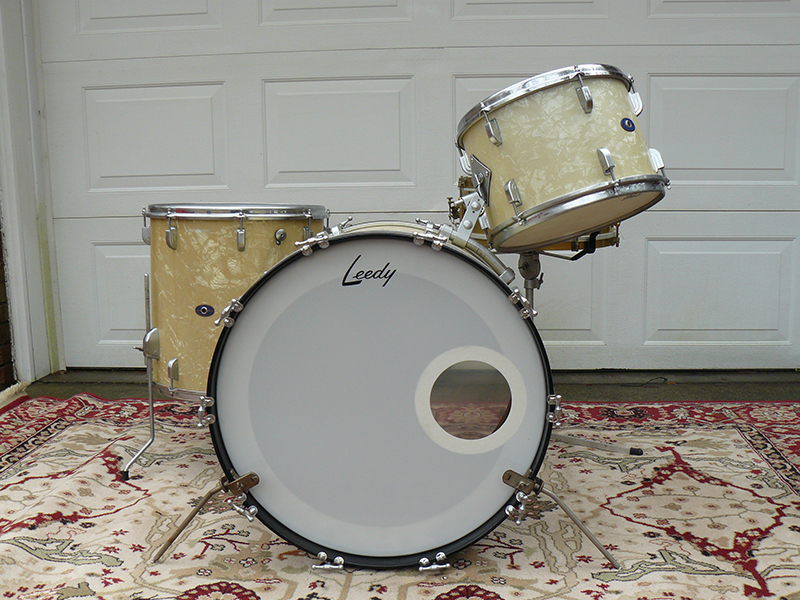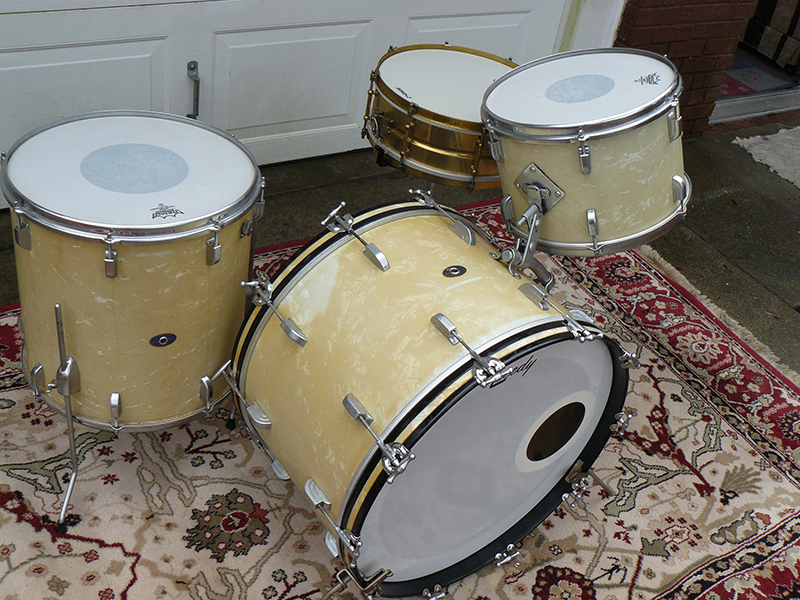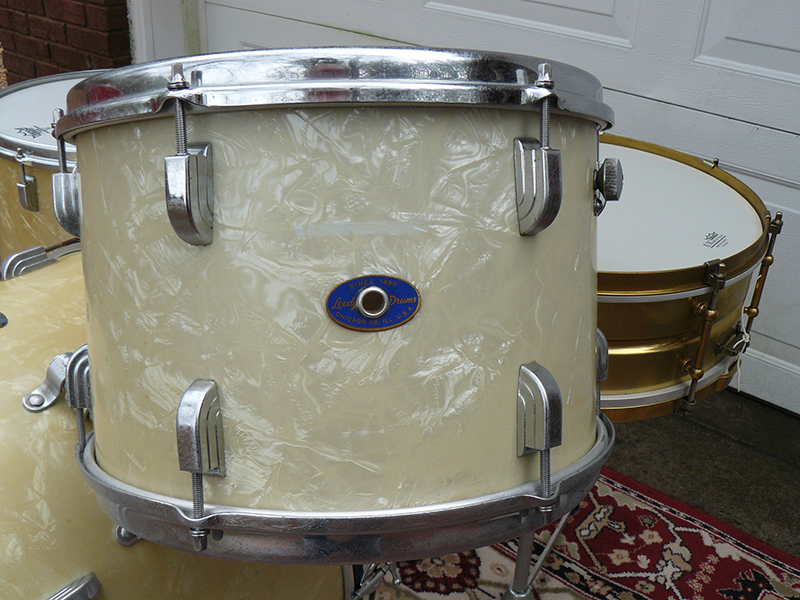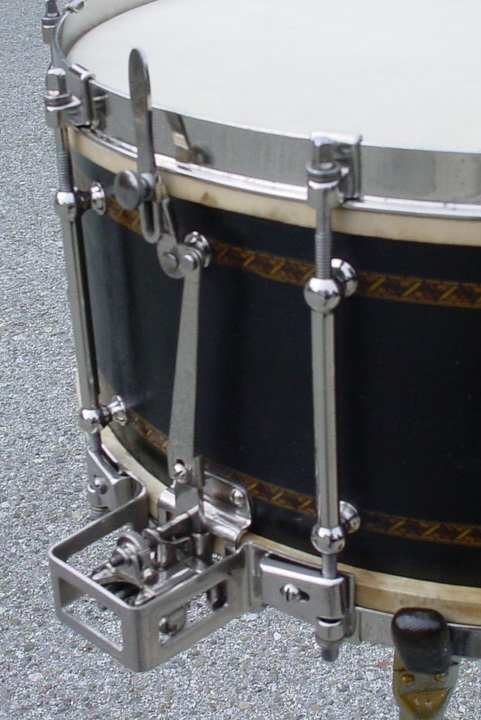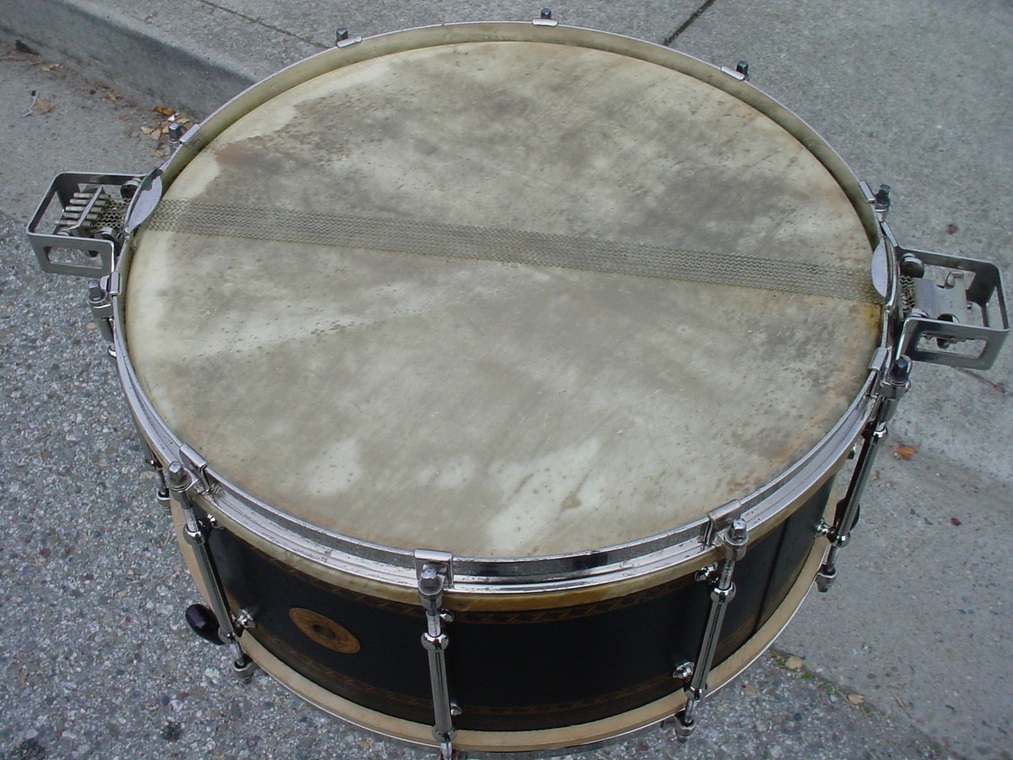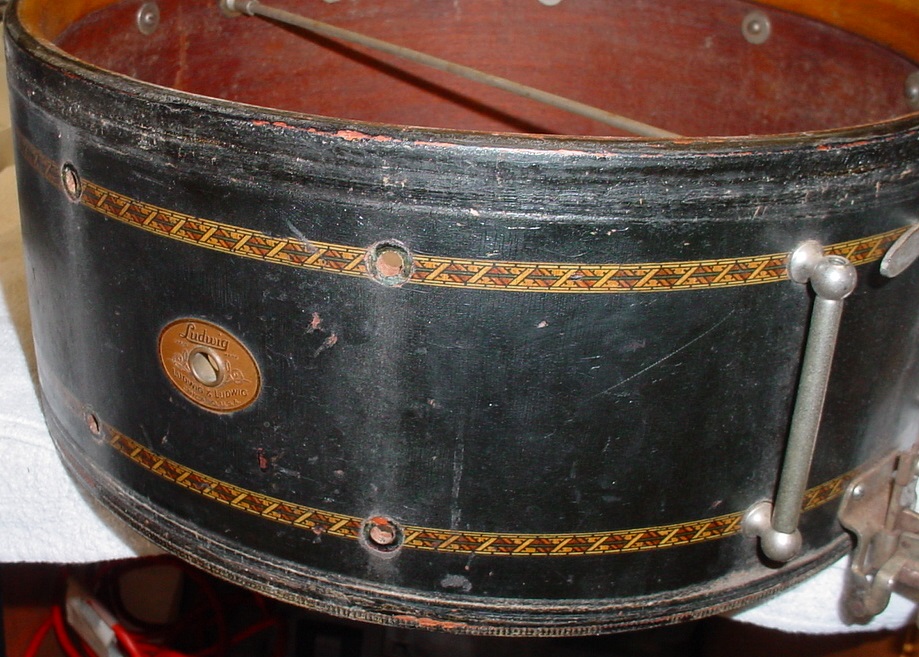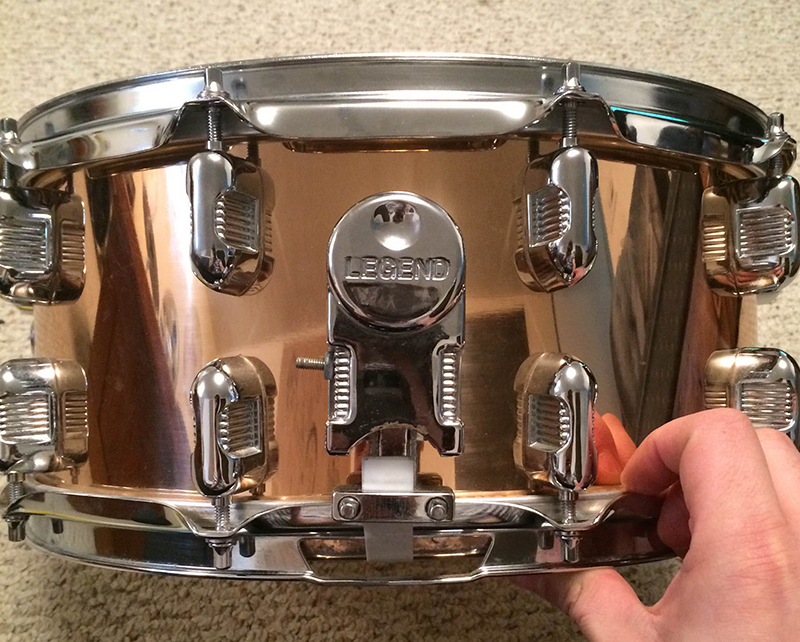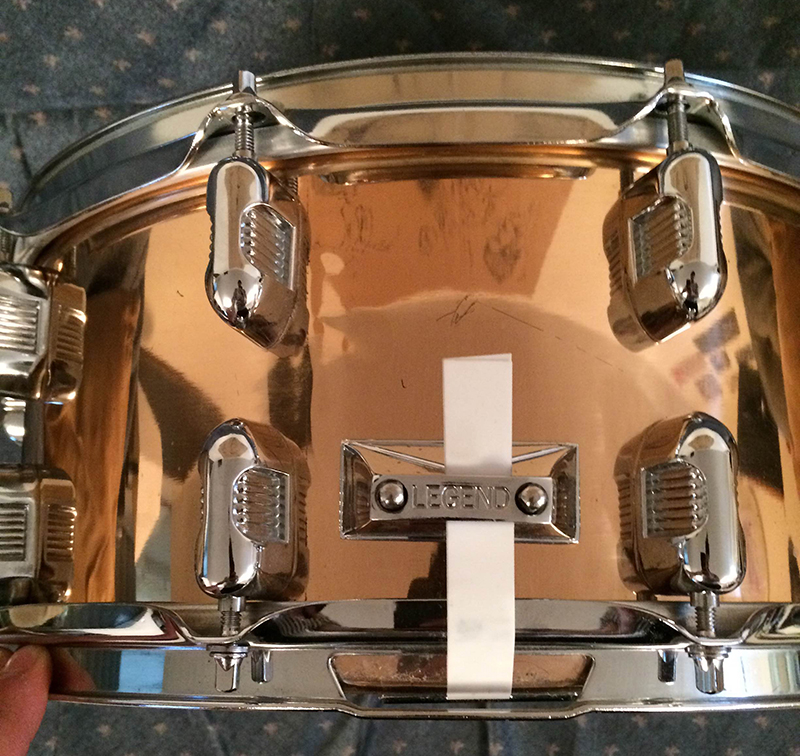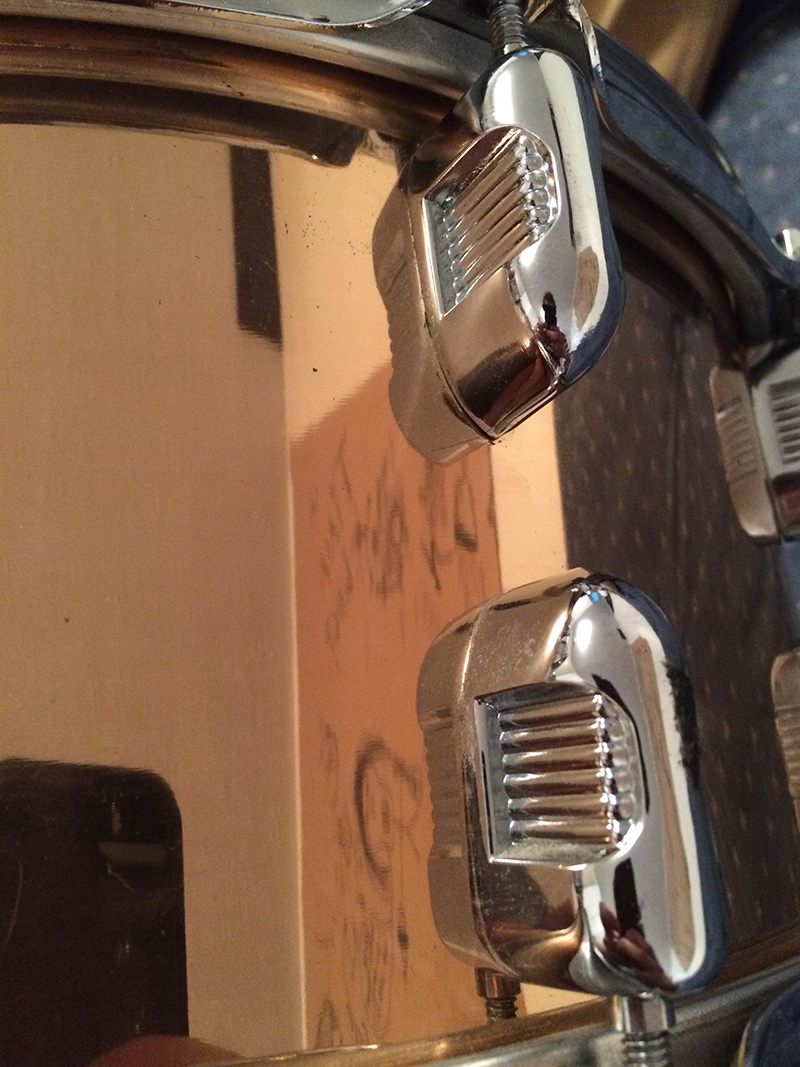As many vintage collectors will agree, the early 1920’s – 1930’s Ludwig heavy brass snare drums had a certain ‘mojo’; a magical feel and sound that you just don’t hear in modern drums today. I’ve been seeking out these rare drums for many years. One day, I came across Facebook posting from a drummer in New Zealand showing a late 1920’s, perhaps early 1930’s, Super-Ludwig 5 X 14”, 10-lug, nickel-over-brass snare drum in very good condition. I sent him a message inquiring about the drum. I was a little cautious at first, as he wasn’t using his given name on Facebook, and New Zealand was a long way to ship a vintage drum. We exchanged a few emails followed by an interesting long-distance call to the land of the Kiwi’s. The owner was a Scottish drummer now retired and living in NZ, now known by his stage name, Will McCee. The Super-Ludwig had been passed down to him by his brother, who inherited it from their father. Their father bought the drum around 1928. He described finding the drum in a shed, “He (Dad) was real fussy & when I unpacked this drum, it was covered in grease. It looked like a real mess, but after it was cleaned, we could not believe what we were seeing - even the snare throw-off looked like it just came out of the box. It has not been re-plated so it beats me what to say. I haven't even polished it, just soft clothed it… It looks like he played it with the snare guards off for some reason. They were packed in a box with the screws inside the case and were like new. I have no idea why, but that's the old man… I only wish I knew more about its history, but I do know he favored this drum over all others. When he got a new kit, he always ordered it without a snare drum and kept this drum.” So after some back and forth, we came to terms; he even threw in his Dad’s drumsticks, case and the (tattered) canvas bag in which he found the drum.
I waited patiently for the drum to arrive, but in the meantime, I did some catching up with a few vintage drum catalogs. In the 1928 Ludwig catalog, the Super-Ludwig No. 231 5 X 14” ‘All-around model’ was described as “the sensation of the drum world” and sold for a mere $45. Ludwig went to great lengths to describe the many attributes of this exquisite snare drum: “Perfect snare action control is the secret. The Super-Ludwig is so designed that snares are adjusted individually. Each snare can be tensioned separately. The snare throw-off is made in a parallel line. That means that the snares go off and on under tension. Once you make your snare adjustment, you can depend on it to remain exactly as you have set it. The snare action is absolutely certain. Playing is easier and you can get snap and instant response of all the snares from any point from rim to rim. The snares have a longer play and consequently are more free to vibrate. You can use either gut or wire snares and change in less than a minute. It has every good feature you ever desired in a drum. The Super-Ludwig fills the bill for the drummer who wants the best and will have nothing short of that. The Super-Ludwig Snare Control is positive. It is quick to act and there is only one main adjustment. (No more than the ordinary strainer.) This drum sold with gut snares, silk-wire covered or coiled wire optional. Wm. F. Ludwig, selected, batter head and Ludwig Crown Brand snare head.” That certainly would have sold me.
So to my relief, the drum arrived a short while later, with no shipping damage (never assumed given the distance). It had some minor pitting but was in overall excellent condition for being almost 90 years old. As described, the drum had a two-piece nickel-over-brass shell with the edges folded back to the inside of the shell (like the early Black Beauties), ten tube lugs, and a fully functional Super-Ludwig snare mechanism. “Ludwig” and in smaller block print, “Trademark”, were engraved into one of the upper panels. “Super-Ludwig” was hand-engraved into the bottom hoop (not stamped like later models). Included were Will’s Dad’s drumsticks, case and the tattered canvas bag that had protected it for some many years. I put modern heads on the drum, as the intention was not to let it sit idle on a shelf. I truly love the pop of the straight, single-flanged hoops and the deep, punchy sound one can get out of these heavy brass beauties. The Super-sensitive strainer may not be for everyone but I do think parallel action strainers give a more uniform, sensitive response. However, they have a tendency to disengage when played loudly.
I assured Will that I would take good care of his father’s drum, preserving it for the next generation. He seemed quite satisfied by this promise. I don’t think it was easy for him to sell. Will wrote later, “I am so pleased you like it. I'm glad you are not here to see the tears in my eyes - enjoy it as much as Dad did. Thank you for finding it when you did. I needed something to take my mind off my problems and I was worried that my gear would end up at some auction with people bidding who had no idea about drums - so it is a win, win situation.” This Super-Ludwig now sits in honored company with other heavy nickel-over-brass shell contemporaries, a Ludwig Super-Sensitive and a New Era (all 5 X 14”). But that’s another story… Now, I just need to find the 6.5” counterparts… :o).





